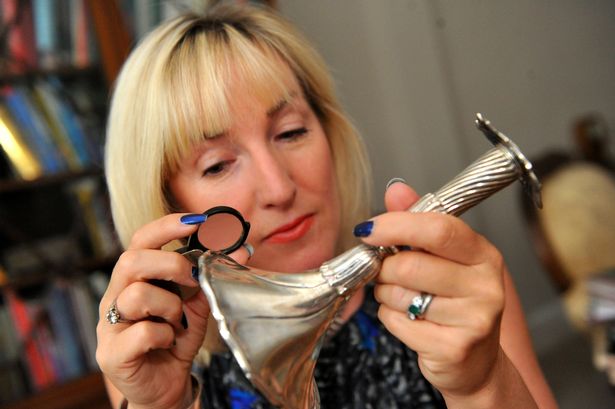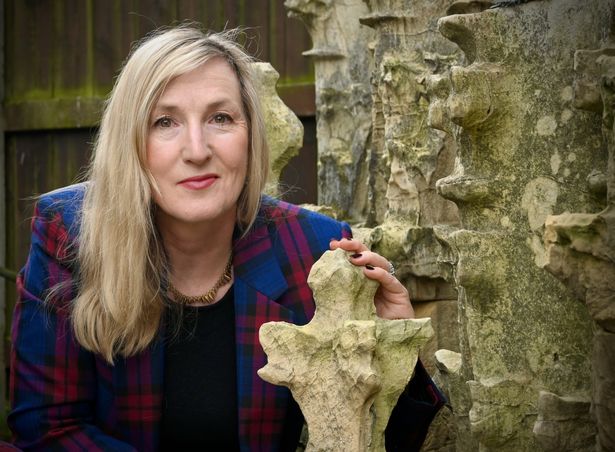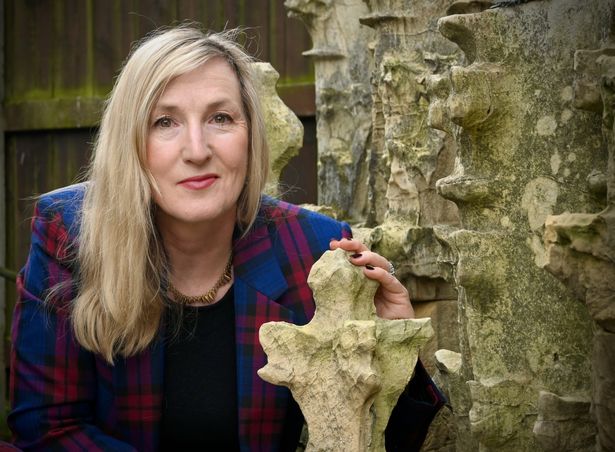
Sorting through clutter in the attic or sifting through belongings after a loved one passes away can feel overwhelming – but hidden among the ordinary may be objects of real value and historical interest.
Whether you are driven by curiosity, considering insurance or a potential sale, or simply hoping to honour the memory attached to a cherished item, understanding its true worth is an essential part of preserving your family’s legacy. Antiques expert Caroline Hawley offers some tips on navigating the process.
A familiar face on the BBC’s Bargain Hunt presenting team, Hawley also owns and runs Hawleys Auctioneers in North Cave and Beverley, alongside her husband John. Here she covers some of the most frequently covered topics when evaluating the true worth of family heirlooms.
Don’t dismiss old toys in mint condition
“When you are clearing out the back of the cupboard, things like old toys, games, Barbies (especially with the Barbie resurgence following the release of the movie) and Matchbox toys are all really popular,” says Hawley. “If they’re boxed and in good condition or mint condition, that’s always a great thing.
“It makes them much more valuable if they haven’t been played with. There is also a lot of interest in Pokemon cards right now.”
Designer watches are always a hit

(Image: beverleytwochurches.co.uk)
“Watches are very, very popular at the moment,” says Hawley. “Brands like Rolex and Breitling in particular and any of the old Omega watches, especially in gold with diamond-set vessels, can be worth phenomenal amounts of money.”
Furniture from the mid-20th century is highly sought after
“A lot of people don’t think about selling this type of furniture because it’s not strictly an antique,” says Hawley. “It might be that your parents bought it in the 1970s, but this type of furniture is really making a comeback.”
Fashion is an often overlooked area
“When someone has passed away, people tend to just bundle up the clothes, but I would advise them to have a jolly good look, because certain items of vintage clothing are very hot at the moment,” recommends Hawley. “We’ve sold a lot of Mary Quant recently, and it’s getting phenomenal money because people want something that’s sustainable, but a bit different.”
Condition is paramount
“With fashion, look very carefully at the condition in case things have been altered,” advises Hawley. “Look for where you would expect obvious signs of wear, like under the arms where there could be deodorant staining, and also look out for things like moth damage.
“Some dresses from the 1920s are absolutely phenomenally beautiful, but they’re no good if the condition is poor. So condition is a key thing to look for.”
Evidence of provenance (the place of origin or earliest known history of something) can significantly increase value
“We recently sold a good Rolex just short of £30,000, and the person that bought it was really pleased because of all the provenance came with it, including a picture of the original owner wearing it in the 1970s,” says Hawley. “Also, all the service history and the original box add value, as people like to know the story of an item from its original purchase.
“That provenance of its journey through life into the new owner’s hand makes a massive difference.”
She added: “Any story that you have with medals like photographs, a uniform, diaries etc helps build a picture of the recipients of the medal and that adds to the value.”
The brands and designers that always perform well
“Certain designers – Dior is an obvious one – are more valuable, but there are also some really cool designers from the Sixties and Seventies to look out for,” says Hawley. “Some of the early Vivienne Westwood pieces can get an awful lot of money too.”
How to spot a fake or a copy
“Just about anything that is worth money, people are prepared to fake,” acknowledges Hawley. “Especially with watches and handbags, there are so many fakes.
“If you do think there’s something not quite right, look at the detail because sometimes that’s what’s lacking on a copy or a fake. Original Hermès scarves, for example, have hand-rolled edges and on a lot of the fakes they’re not hand-rolled and stitched, and the measurements are just slightly off.”
To be sure, Hawley suggests having anything you are uncertain about authenticated by a reputable auction house or a long-standing antiques dealer.
When it’s worth getting a professional appraisal
“Don’t be afraid to go with anything at all,” says Hawley. “Quite often, the thing that they think is the least valuable turns out to be the most valuable.
“People come to me every day with things that are on their way to the tip because they think they’re worth nothing, and then are thrilled to find out they’re worth an awful lot of money.”
Get breaking news in Hull straight to your phone



